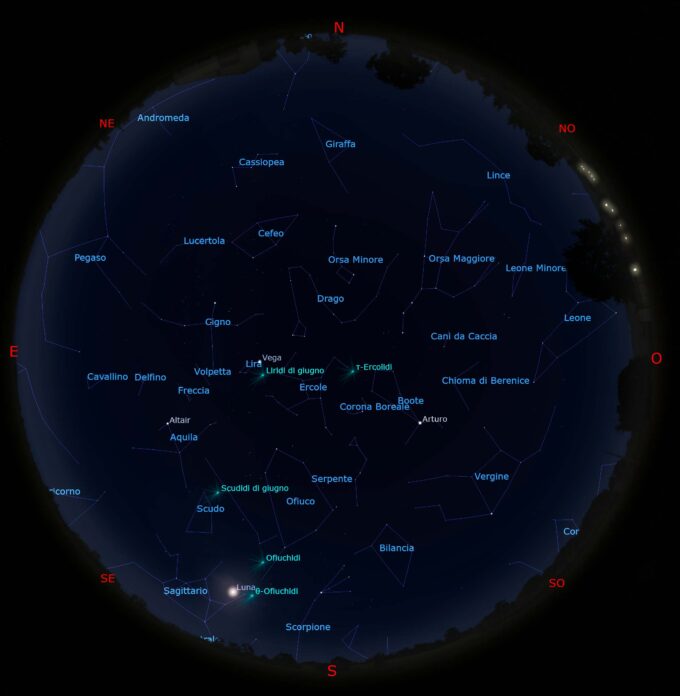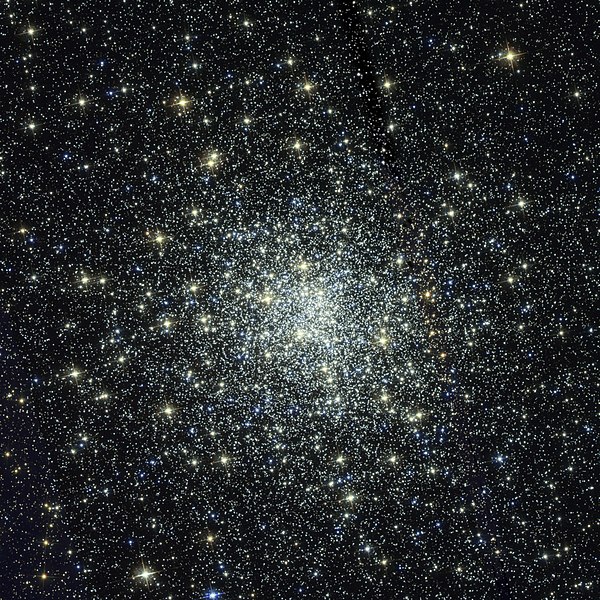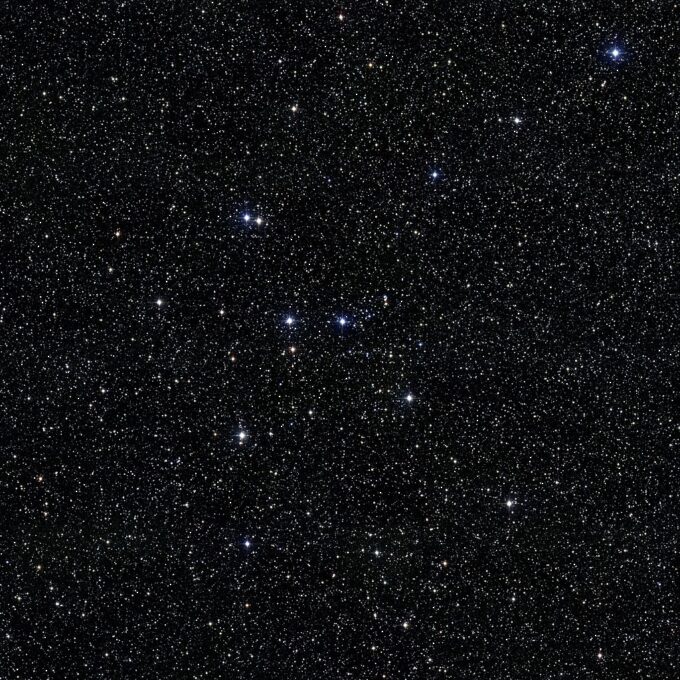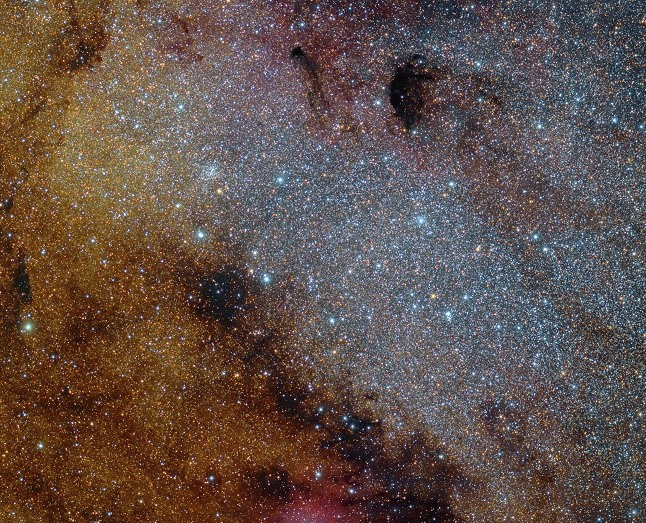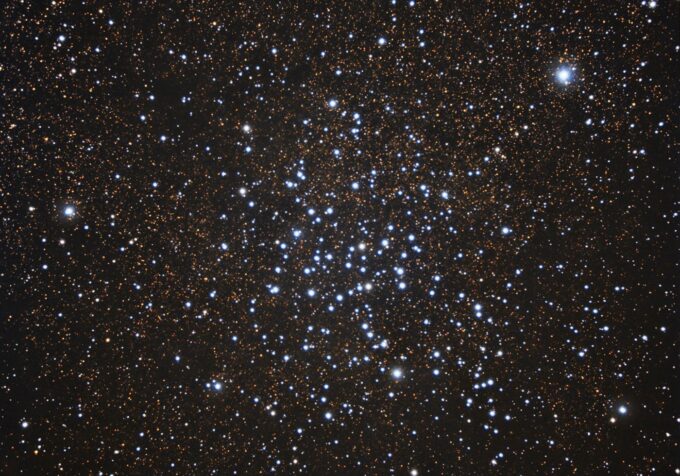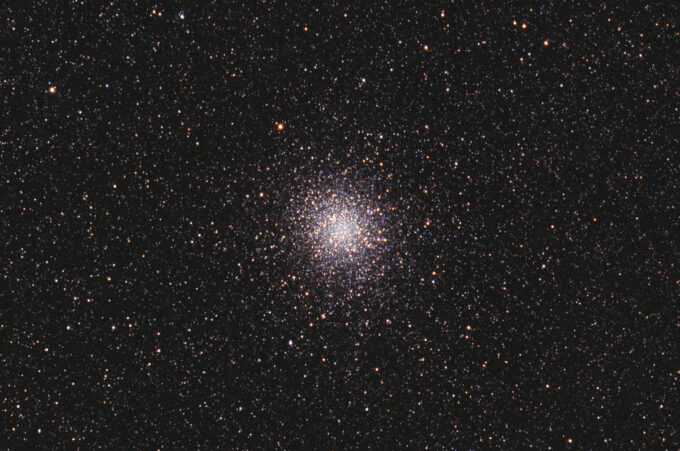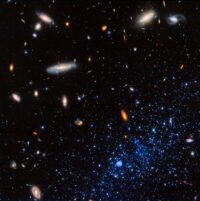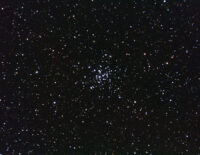Sagittario
Il cielo di giugno 2022
Il Sole Le informazioni sono tratte dal Cielo del mese di giugno 2022 a cura della UAI. Attualmente il Sole si trova nella...
L’ammasso globulare M28
Bentornati al nostro appuntamento con il Catalogo di Messier! Oggi parleremo di M28, catalogato anche come NGC 6626, un ammasso globulare situato a...
Il cielo di agosto 2021
Il Sole Le informazioni sono tratte dal Cielo del mese di agosto 2021 a cura della UAI. Attualmente il Sole si trova nella...
Il cielo di luglio 2021
Il Sole Le informazioni sono tratte dal Cielo del mese di luglio 2021 a cura della UAI. Attualmente il Sole si trova nella...
Il cielo di giugno 2021
Il Sole Le informazioni sono tratte dal Cielo del mese di giugno 2021 a cura della UAI. Attualmente il Sole si trova nella...
L’ammasso stellare aperto M25
Bentornati al nostro appuntamento con gli oggetti del Catalogo di Messier. Oggi parleremo di M25, catalogato anche come IC 4725, un ammasso stellare...
La Nube stellare del Sagittario (M24)
Bentornati al nostro appuntamento con il Catalogo di Messier! Oggi parliamo della Nube stellare del sagittario, catalogata da Charles Messier come M24, la...
L’ammasso stellare aperto M23
Bentornati al nostro appuntamento con il catalogo di Messier! Oggi parleremo di M23, catalogato anche come NGC 6494, uno splendido ammasso stellare aperto...
L’ammasso globulare M22
Bentornati al nostro appuntamento con gli oggetti del catalogo di Messier! Oggi parleremo dell’ammasso globulare M22, catalogato anche come NGC 6656, situato all’interno...


